These Spacey Treats Include a Galactic Smiley Face and an Interstellar Rose
A lucky lens and a pair of mismatched star twins feature among our picks for the week’s best space images
A stuffed Dragon returns to Earth, Hubble spots a smiley face in the sky, a cosmic rose blooms in X-rays and more in our picks for this week's best space images.
.
.
Departed Dragon
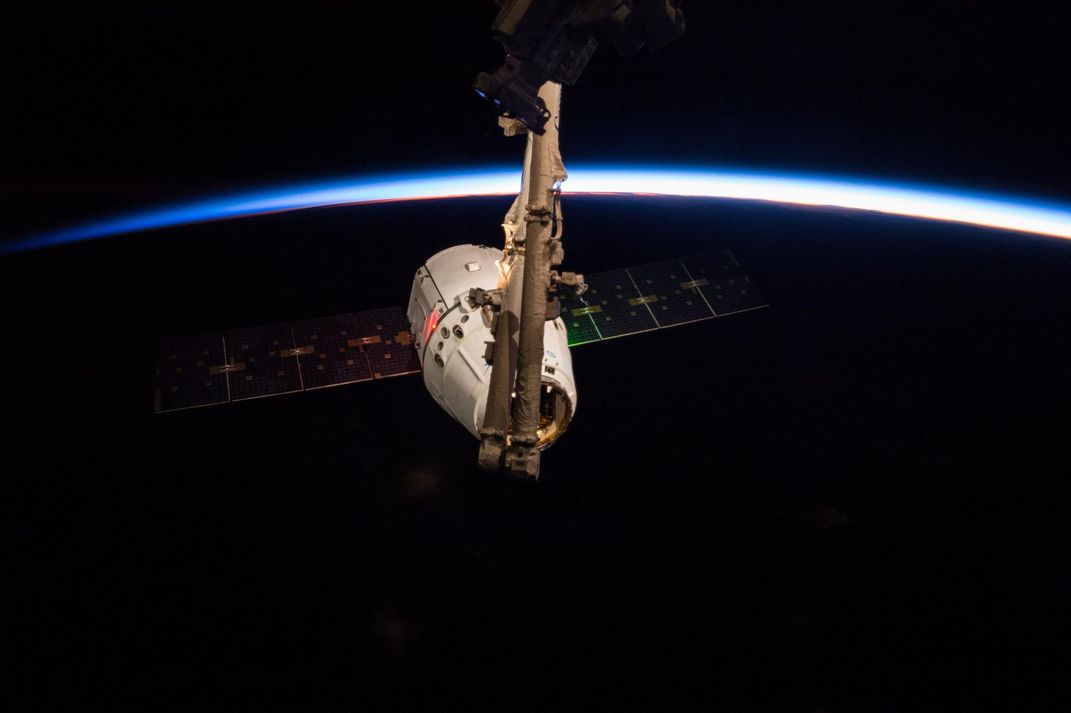
Using a robotic arm on the International Space Station, astronauts reached out and plucked SpaceX's Dragon capsule from orbit on January 12. About a month later, on February 10, the unpiloted spacecraft headed back home, splashing down in the Pacific Ocean at 4:44 p.m. local time. The successful trip marked SpaceX's fourth cargo run to the ISS as part of a contract with NASA. Other companies and national space agencies can deliver goods to the orbiting lab, but Dragon is currently the only uncrewed cargo craft from any country that can also come back with supplies and science experiments. The rest are designed to burn up on reentry.
Galactic Smiley Face
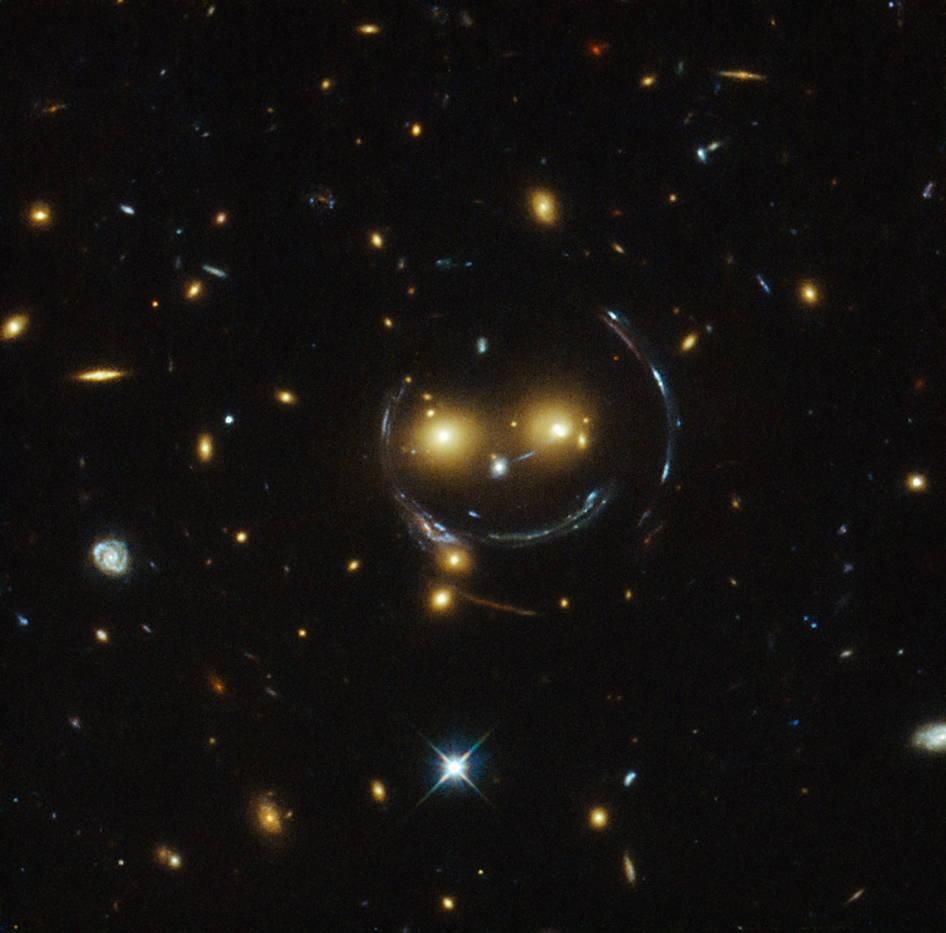
The Hubble Space Telescope took a look at galaxy cluster SDSS J1038+4849—and the cosmic object smiled back. The unusual effect is caused by gravitational lensing, when a massive object bends and magnifies the light from things behind it. In this case, the hefty galaxy cluster has created what's known as an Einstein ring, a rare sight that requires a precise alignment between the light source, the lens and the observer. Inside the ring, the two bright eyes are actually luminous galaxies.
Frowning Sun
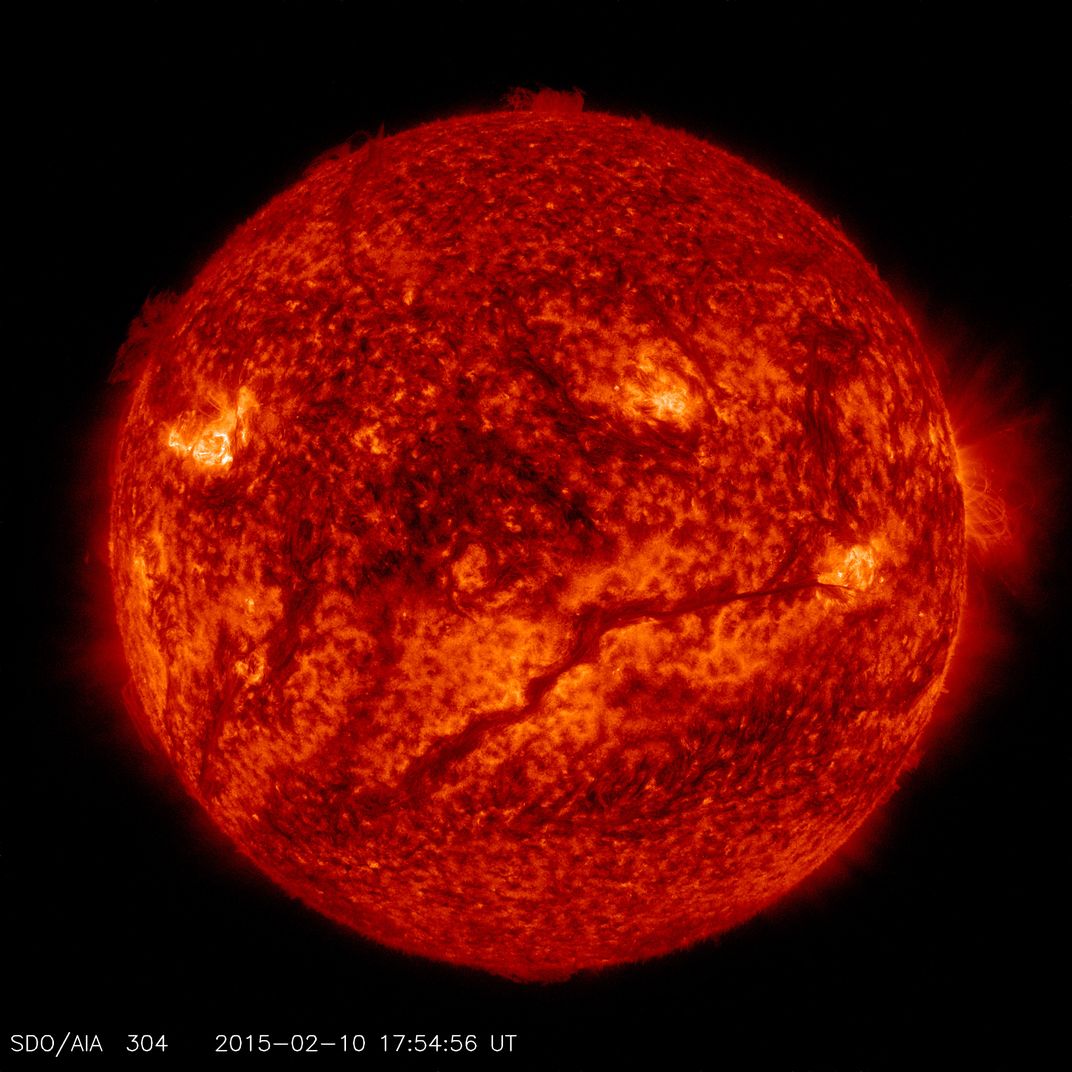
While Hubble saw smiles, NASA's Solar Dynamics Observatory caught sight of a much more serious "face" in the sky. This image of the sun captured on February 10 shows a long, dark filament snaking across the lower part of the solar disk. The filament is actually a cloud of relatively cold material that is hovering in the sun's hot upper atmosphere, or corona. The structure, which is more than 533,000 miles long, gives the sun an eerie countenance, but it's nothing to stress over. Filaments typically drift peacefully in the corona for a few days and then vanish.
Star Blossom
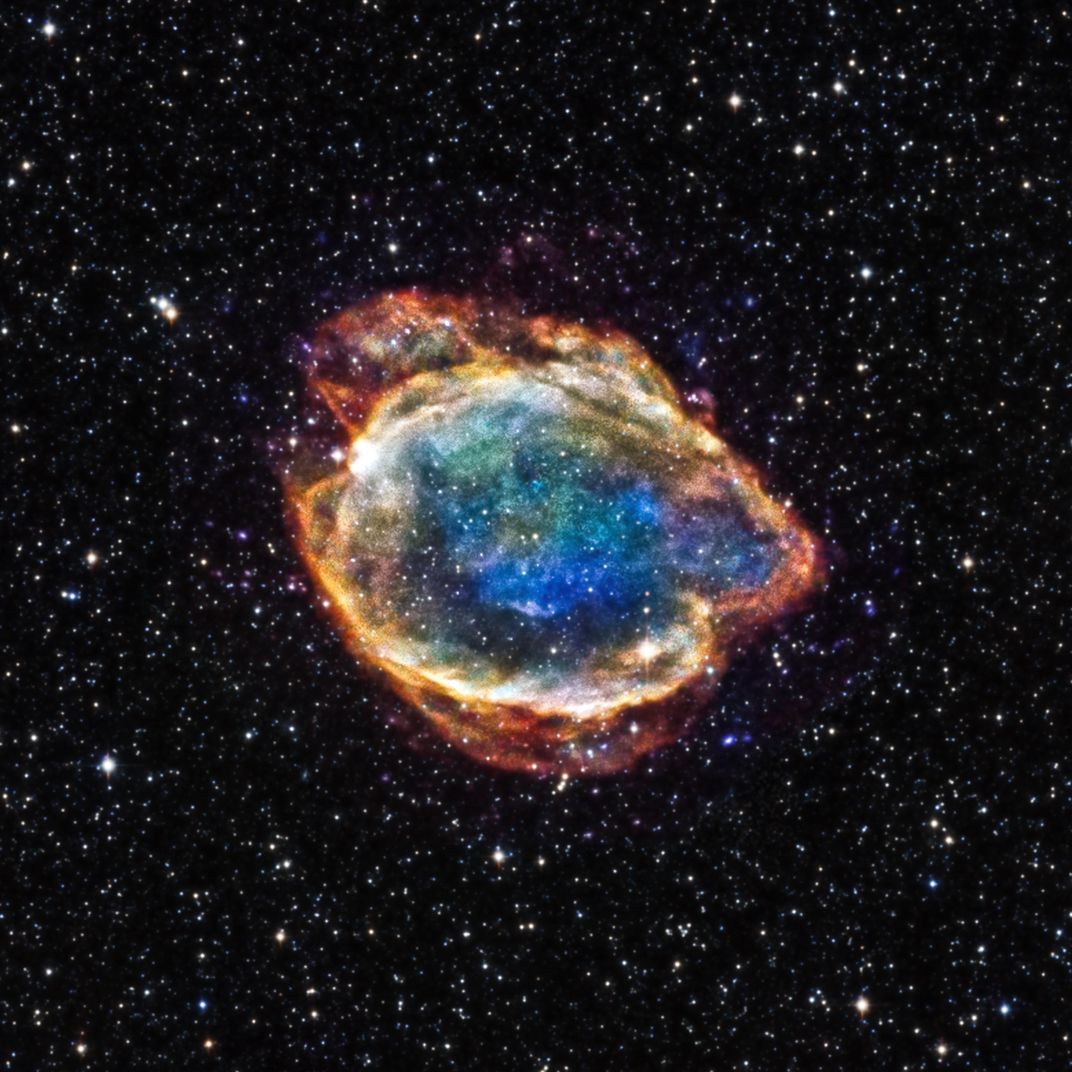
Looking like a rainbow-hued rose, the supernova remnant G299.2-2.9 shines against a garden of stars in this composite image made with X-ray and infrared data. The object is an expanding shell of debris created when a very massive star exploded. It is particularly interesting because it probably resulted from a type Ia supernova, a class of uniform and highly symmetric explosions that astronomers use to measure distances across the cosmos. Weirdly, the X-ray data from NASA's Chandra satellite show some asymmetries in G299.2-2.9—hinting that we have lots more to learn about how these important events happen.
Lopsided Twins

Our sun is unique in the galaxy in part because it is single—across the Milky Way, stars mostly come in pairs. Astronomers see that the stars in most of these binary systems are pretty evenly matched, with one star having roughly the same mass as its companion. But now researchers at the Harvard-Smithsonian Center for Astrophysics have found 18 extremely mismatched binary pairs. In all the cases, one star is fully grown, while the other is still in its infancy. The 18 oddities were found in a neighboring galaxy called the Large Magellanic Cloud, seen above, and they may offer some clues to the way stars across the cosmos are born.
"GoreSat" Away
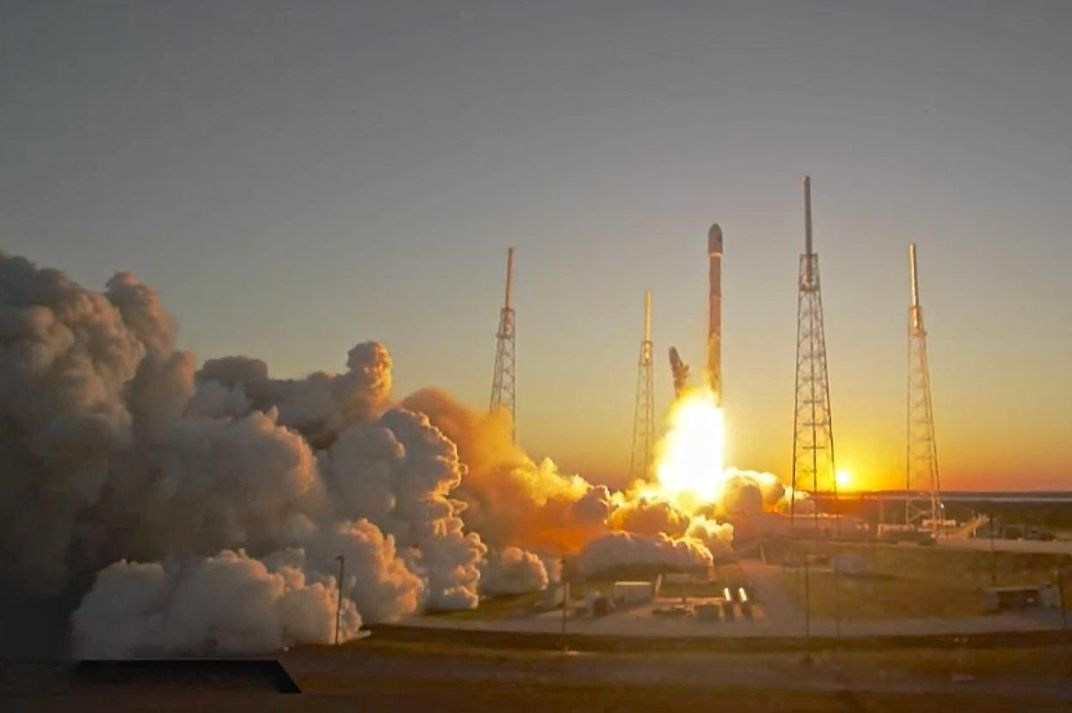
It took 17 years, but a space weather satellite proposed by Al Gore during his vice presidential term has at last lifted off. The Deep Space Climate Observatory (DSCOVR) was formerly known as Triana, a satellite that Gore wanted to fly to provide a nearly constant view of the entire planet. But funding issues and political opposition put the project on hold until 2013, when NASA cleared a revamped version of the satellite to fly. Launched on February 11, DSCOVR is now a joint NASA-NOAA spacecraft that is headed for Lagrange Point 1, or L1. This is the spot almost a million miles away where Earth's gravity partially cancels out the sun's, essentially allowing a spacecraft to stay parked in between them. From this unique vantage point, DSCOVR will study how the solar wind affects the planet and provide an early warning of incoming solar storms.
Spreading Deltas
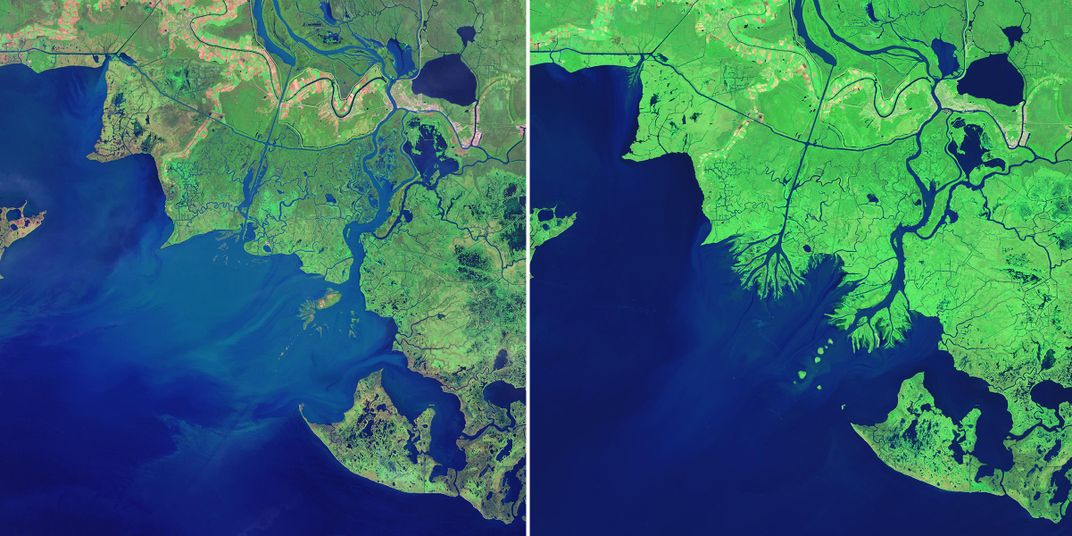
Coastal erosion is a huge issue around the Gulf of Mexico—but in some places nature is still doing its best to rebuild. The images above show the emergence of new land at the mouths of the Wax Lake Outlet and the Atchafalaya River in Louisiana. As seen by Landsat satellites, mud flats around these outlets of the Mississippi River have grown dramatically between 1984 (left) and 2014. Harry Roberts, director of the Coastal Studies Institute at Louisiana State University, says that the deltas could serve as models for restoring and preserving the state's coastal marshlands.